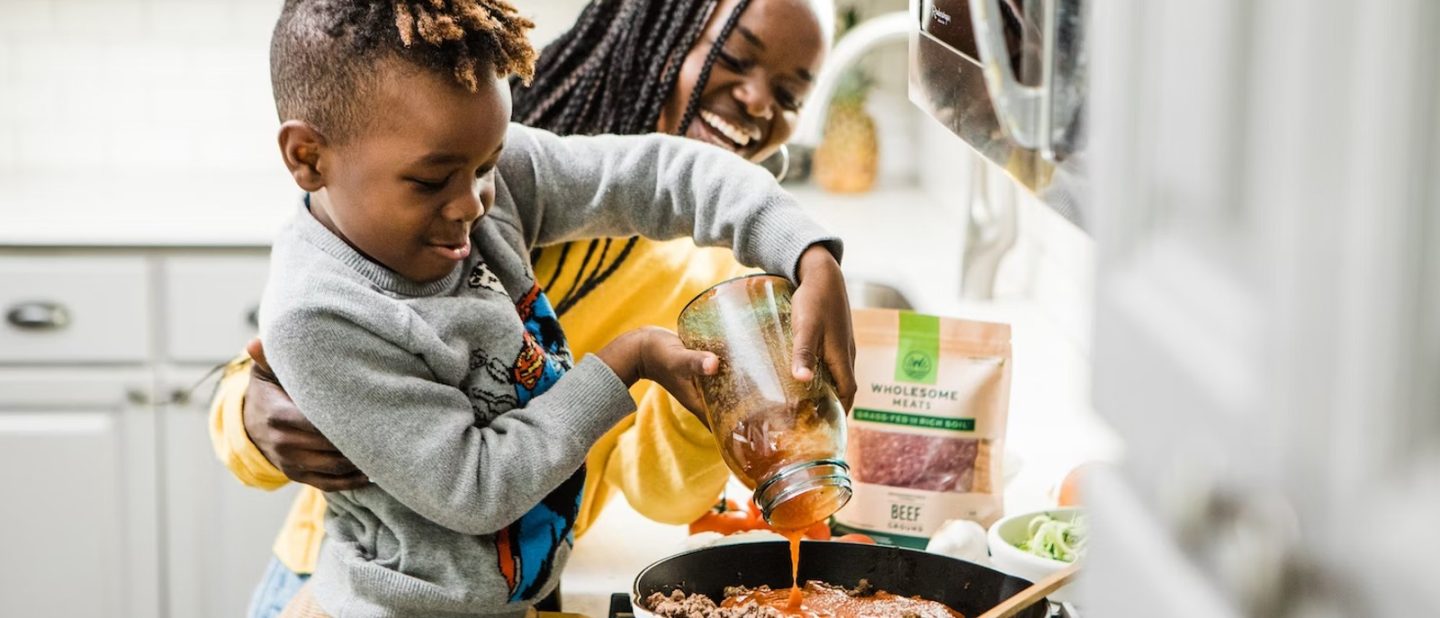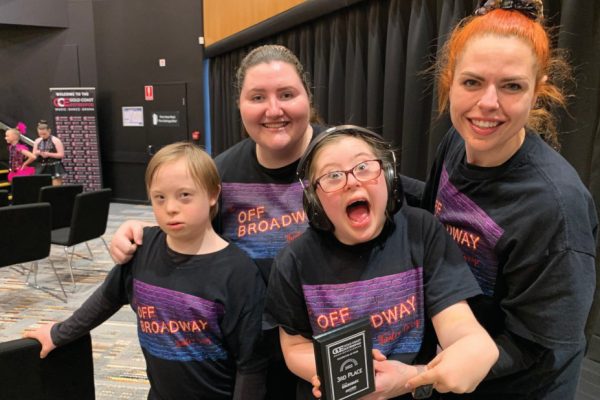
How cooking provides development opportunities for children with disabilities
Cooking is not only a valuable life skill, it’s also great way to provide therapy and developmental opportunities for kids with disabilities. You might have to put aside your aversion to mess and a little chaos at times, but engaging in cooking and kitchen tasks together can be super fun, offering sensory experiences, motor skill development, a boost of independence, and a sprinkle of social and emotional growth for our awesome little chefs. Plus, if you’re lucky there’ll be something super tasty to eat at the end of it all!
Some of things you (or a support worker) can work on with your child in the kitchen include:
Sensory sensations
For children with sensory processing disorders or autism spectrum disorders, cooking offers a wealth of sensory experiences. From the feel of different ingredients to the smells and taste, every aspect of cooking engages the senses. Measuring, pouring, stirring, and kneading can help children develop and integrate their sensory systems, improving their ability to process and respond to sensory information. Cooking also exposes them to a variety of textures, temperatures, and tastes, aiding in their sensory integration journey.
Mastering motor skills
Get those little hands and fingers ready for action! Cooking is the perfect recipe for developing motor skills. Whether it’s chopping veggies, whisking batter, or shaping dough, these kitchen tasks are like a workout for those fine and gross motor skills. You can work on hand-strengthening – a skill needed for writing and so much more – by squeezing icing bags, kneading dough, making balls with pastry etc. Or bi-lateral co-ordination (using two hands together for a task) can be developed by icing cakes, sifting flour, rolling out dough.
Whatever you’re making together, with each slice, stir, and knead, they’ll be building their dexterity, strength, and hand-eye skills. The repetitive nature of certain tasks, like stirring or kneading, also provides an opportunity for children to practice and refine their movements, leading to improved muscle control and coordination. Practice makes perfect, and the kitchen is your playground!
Speech & language skills
The kitchen provides a smorgasbord of opportunities for so many elements of speech and language development:
Following directions: Cooking involves following a sequence of steps and instructions. Children can practice listening and comprehension skills by following a recipe, understanding and executing each step correctly.
Sequencing and retelling: Children can practice sequencing skills by retelling the steps they followed to cook a dish or by organising picture cards representing the cooking process.
Vocabulary expansion: Cooking exposes children to a wide range of food-related vocabulary. They learn the names of various ingredients, utensils, and cooking techniques. Verbally label everything you’re working with in the kitchen and encourage children to describe the ingredients using adjectives (e.g., “crunchy apple,” “juicy tomato”) and teach them new words related to taste, texture, and smell.
Phonological awareness: Certain kitchen tasks involve phonological awareness, which is essential for speech and reading development. Activities like rhyming ingredient names, clapping out syllables, or playing “I Spy” with food-related sounds (e.g., “I spy something that starts with /s/ like ‘salt’”) can help children develop phonemic awareness and improve speech sound recognition.
Verbal communication: Encourage communication with Wh questions! Encourage them to express their preferences, ask questions, and seek clarification. They can also engage in conversations with adults or peers while preparing a meal, promoting social interaction and language skills.
For our non-verbal kids or children with limited speech, you can even integrate the use of your child’s speech device or communication boards. We whipped up an awesome spaghetti bolognese once while using our Accent device!
A taste of independence
Participating in kitchen activities allows children to gain a sense of independence and accomplishment. Even simple tasks like washing veggies or setting the table give them a sense of responsibility and accomplishment. Plus, being able to actively participate in family cooking rituals fosters a sense of belonging, promoting positive social interactions and emotional well-being.
Social Interaction and emotional growth
The kitchen serves as a hub for social interaction, where family members and friends come together to prepare meals and share experiences. For children with disabilities, engaging in cooking activities offers a chance to connect with others, practice social skills, and develop meaningful relationships. Teamwork, cooperation, and communication? You bet! Cooking together encourages these skills while also fostering friendships and family bonds. Taking turns, sharing responsibilities, and expressing preferences—it’s all part of the mix. And let’s not forget the icing on the cake: the joy, pride, and love that comes with preparing and sharing a delicious meal.
Remember, when engaging in cooking activities, choose a time that is not stressful, such as avoiding busy weeknight dinners. This allows you to take your time, savour the experience, and enjoy the activity with your child. Remember, the most important aspect is to have fun together!






